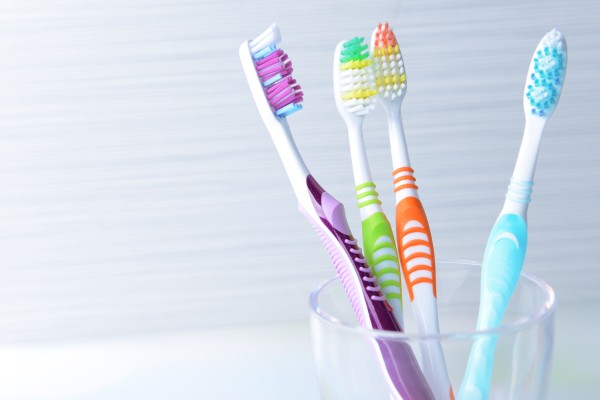A Family Dentist Discusses Effective Flossing

A family dentist can verify that negligence in oral hygiene may have health consequences beyond the scope of general dentistry. Believe it or not, about half of the population does not bother with flossing and less than half of that half does so every day. That does not mean they are getting away with it. Brushing twice daily is not enough. If the little requisite time and effort are not put into effective daily flossing, plaque may build up between the teeth and along the gum line.
Reasons to bother with flossing
Along with skipping regular visits to a family dentist, the avoidance of flossing will allow plaque, then tartar, to accumulate around the gums. In the short-term bad breath and tooth discoloration may result, but it is the long-term specter of gum disease, which serves as the most serious motivation for flossing. Gum disease can be very painful. The treatment will certainly be more painful than flossing, but if left untreated, the disease may result in tooth loss or worse.
Gum disease has been linked to the following inflammatory conditions, among others:
- Heart disease
- Hypertension
- Diabetes
- Rheumatoid arthritis
- Alzheimer’s
Common mistakes to avoid flossing
Not enough floss
Using too little floss is the first common mistake people make when flossing. If not enough floss is used, the same length of floss will be run repetitively from tooth to tooth, simply transferring bacteria from one spot to the next. Floss picks, easy to find in drug stores as an alternative to a spool of floss, are appealing because they offer a better grip than conventional floss. Concerning the spread of bacteria from tooth to tooth, they are inferior to a spool of floss because there is only an inch or so of floss to work with on the pick.
Improper flossing
Another common error is snapping the floss along the gum line. This can be painful and can also cause bleeding, especially if the gums are already swollen from a lack of flossing. Bleeding gums may then discourage the person from continuing to floss, which would only compound their mistake.
Best flossing practices
It is recommended that a person use about 18 inches of floss every time. Wrap most of the floss around the index finger of one finger and a small bit of it on the index finger of the other hand. Slide the floss slowly down to the gum line and then pull the floss taut to one side. This makes it so the floss is flush to one tooth.
After running the floss up and down that tooth, pull the floss to the other side of the gap and repeat on the adjacent tooth. Before moving over to the next gap, unravel some more floss and wrap the used slack around the finger which started with less floss. This ensures fresh floss is always being used.
Conclusion
Failing to floss daily will lead to plaque build-up that may ultimately result in gum disease. Employing enough floss and a careful technique are crucial to avoiding this unpleasant outcome.
Are you considering a family dentist in the Lancaster area? Get more information at https://lancasterpadentist.com.
Check out what others are saying about our services on Yelp: Read our Yelp reviews.
Recent Posts
The acronym CEREC® stands for Chairside Economic Restoration of Esthetic Ceramics, and it allows dentists to create customized dental crowns while the patient waits in the clinic. The conventional way of making crowns requires the dentist to send an impression of the patient's teeth to a dental lab that makes restorations. The process typically takes…
Both general dentists and family dentists are responsible for the oral health care of patients of all ages. They provide a wide range of services, ranging from preventive measures to light cosmetic ones. Wondering whether it is best to see a general dentist or a family dentist? For the most part, they are quite similar! Keep…
Veneers, also known as dental porcelain laminates, are a great way to fix tooth imperfections without getting fillings and crowns, which are procedures that can cost thousands of dollars. They are thin, porcelain shells that are glued to the front of your teeth, making them appear beautiful and healthy again. This article will discuss when…
More dentists are using CEREC® same-day crowns as a tooth-restoration method. If you have a damaged or severely decayed tooth, this treatment could be just what you need. There are benefits and advantages to choosing this method over other options. It is useful to understand how the process works and how it is different than…


